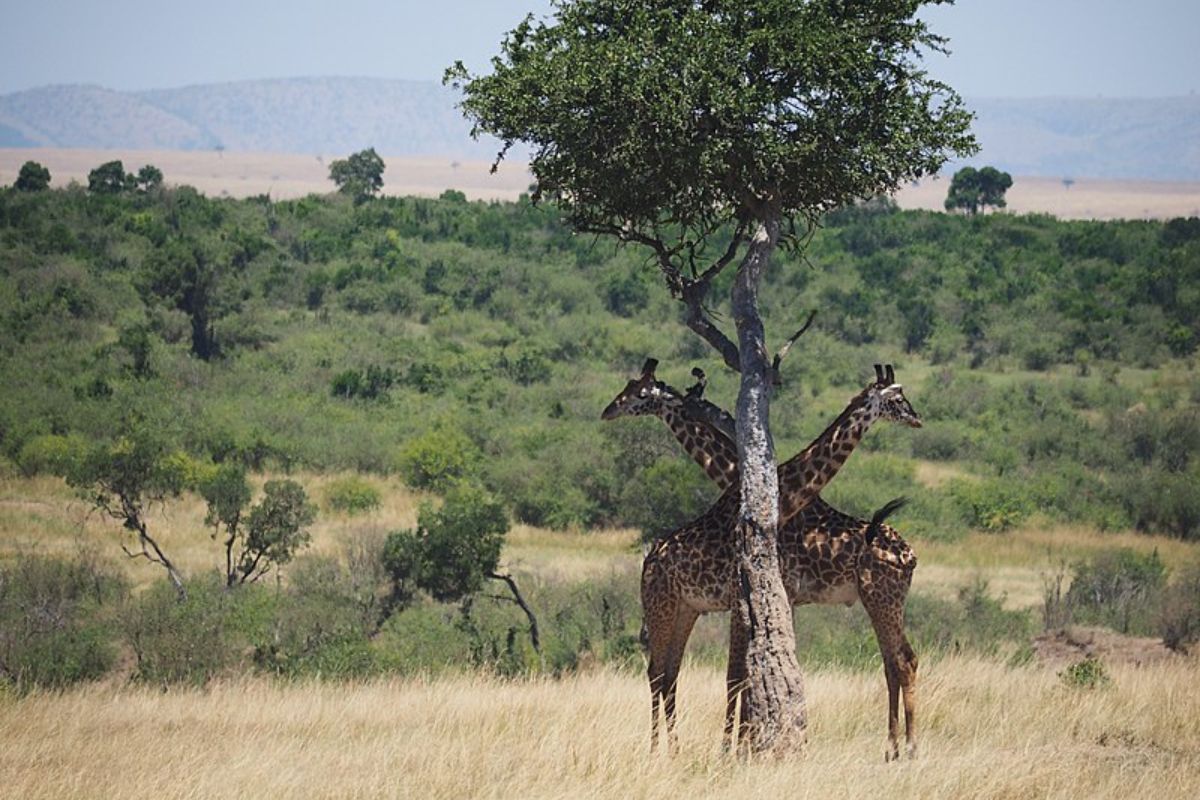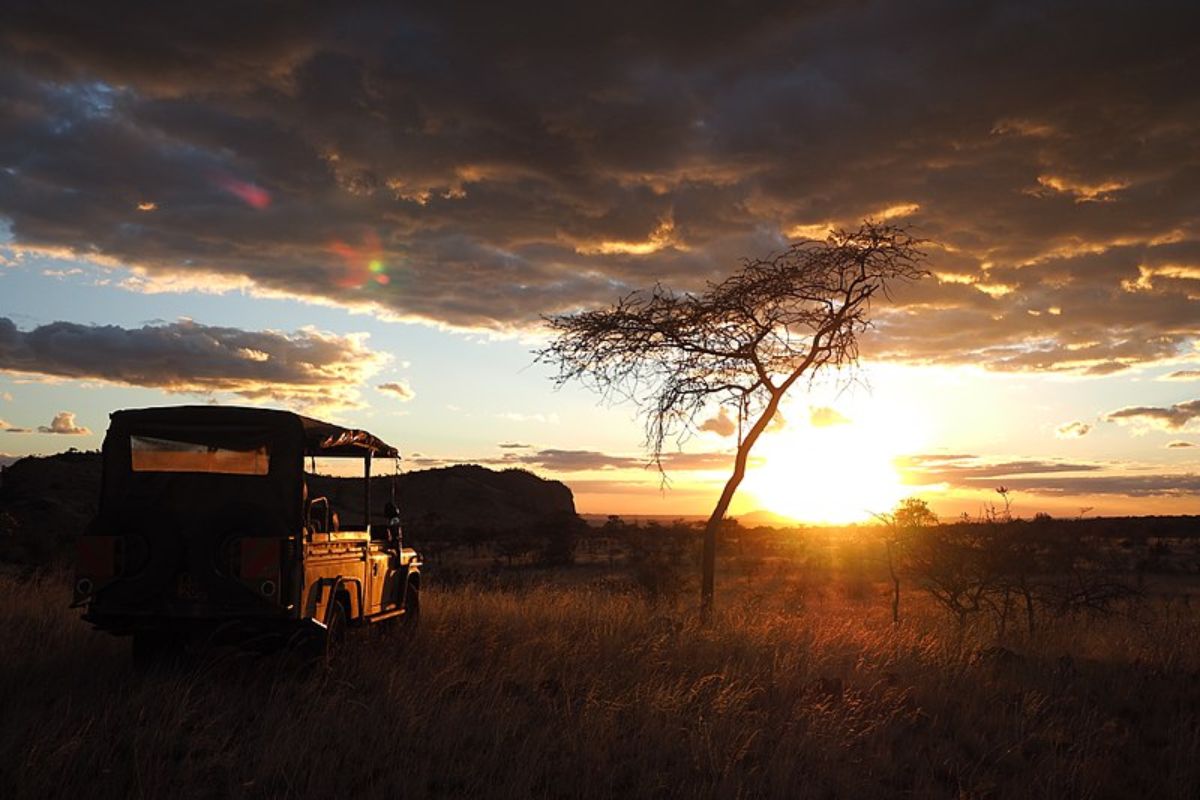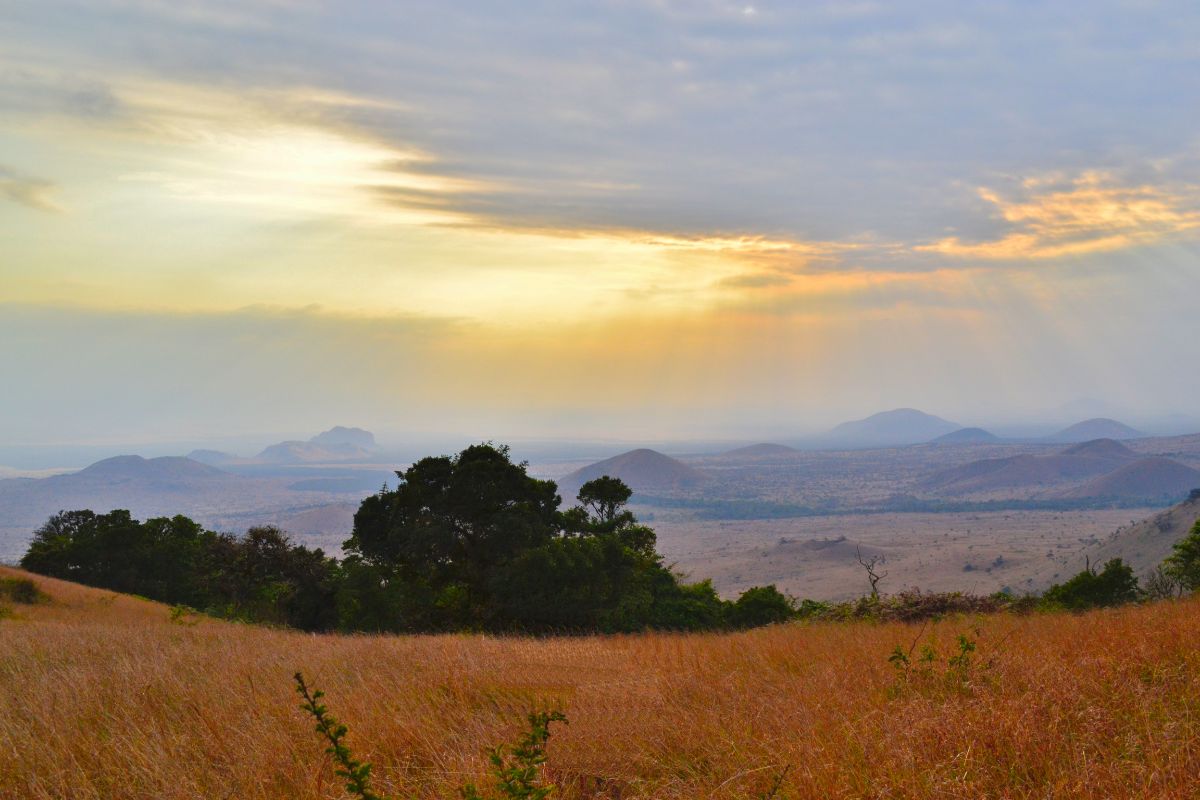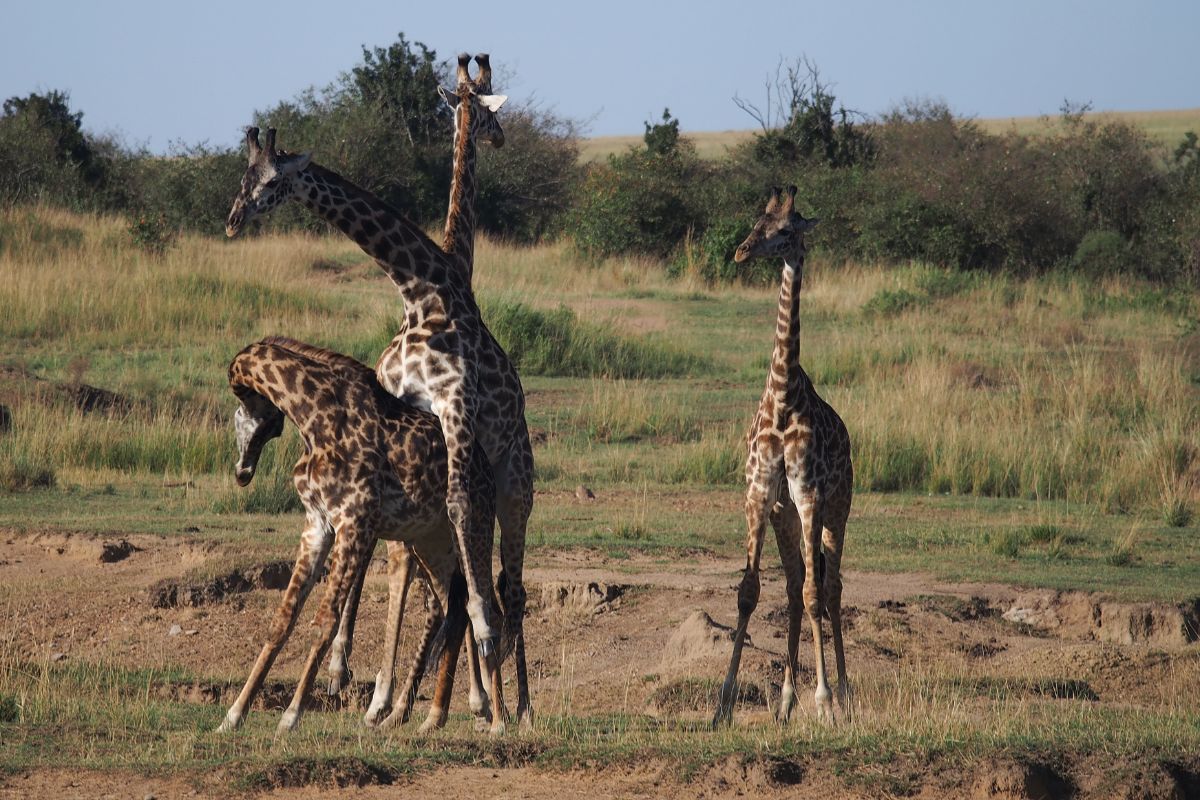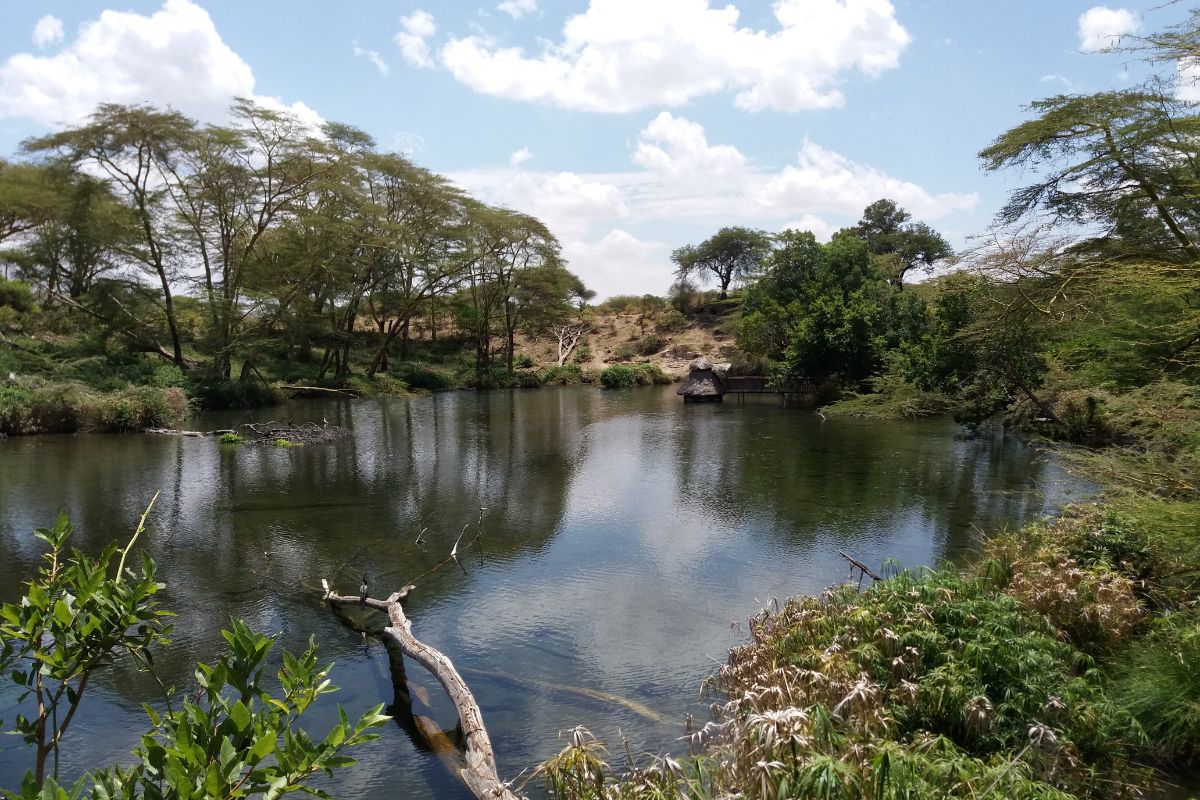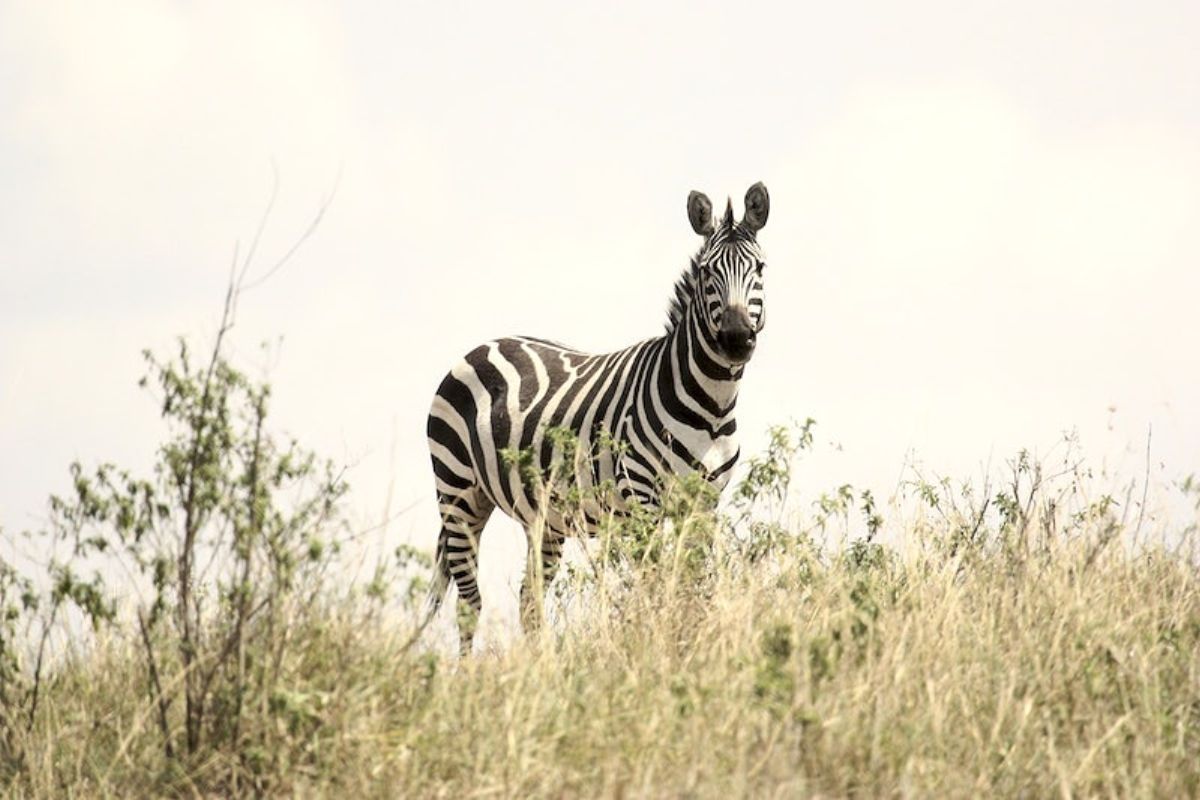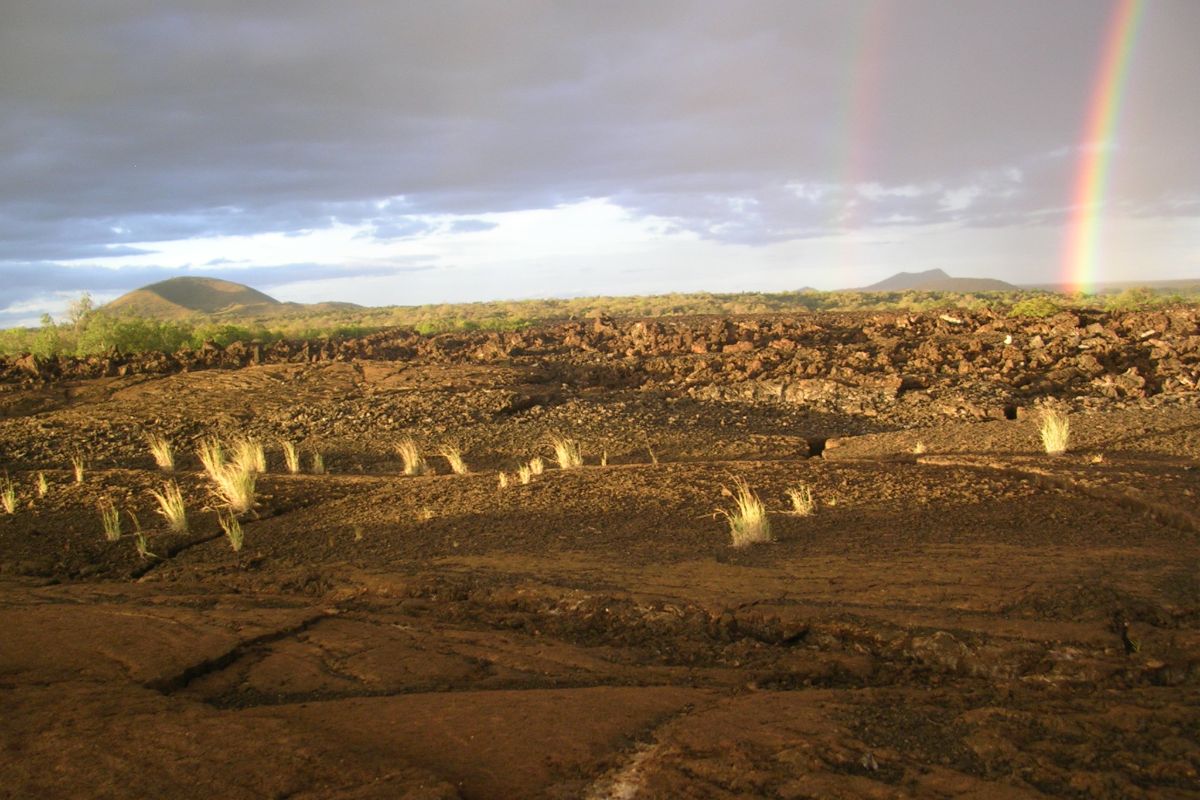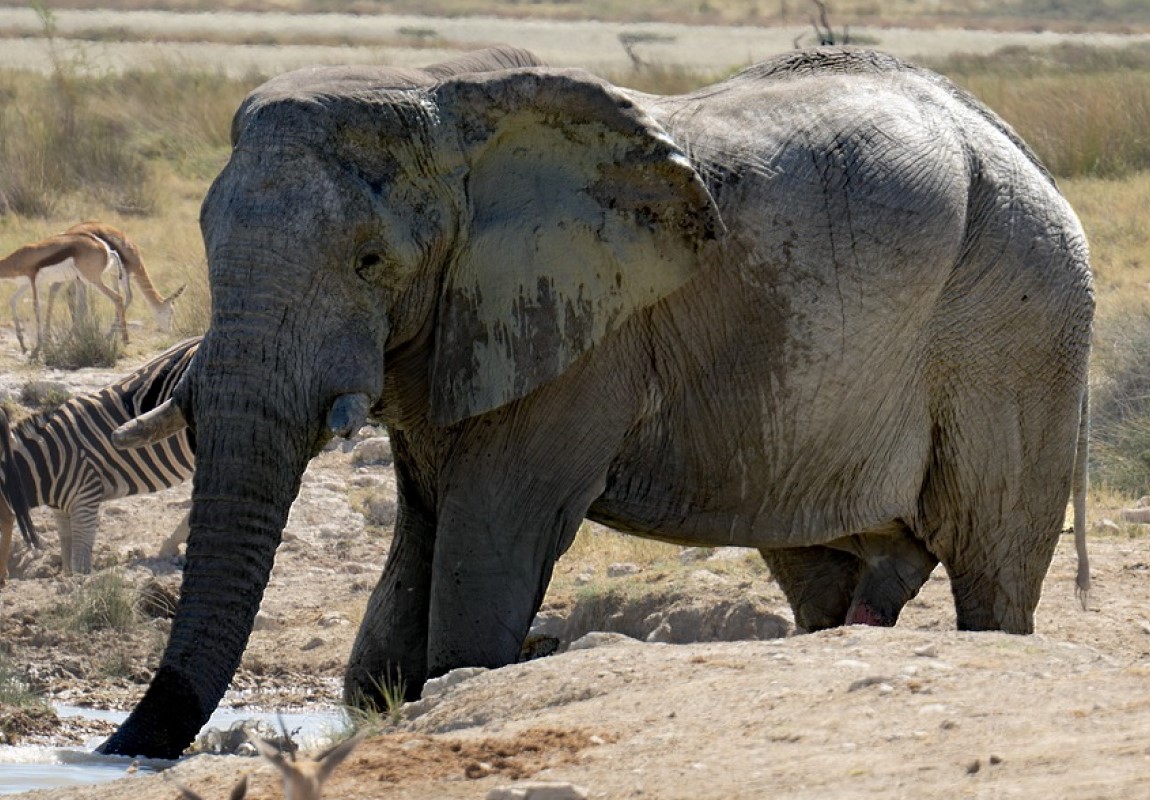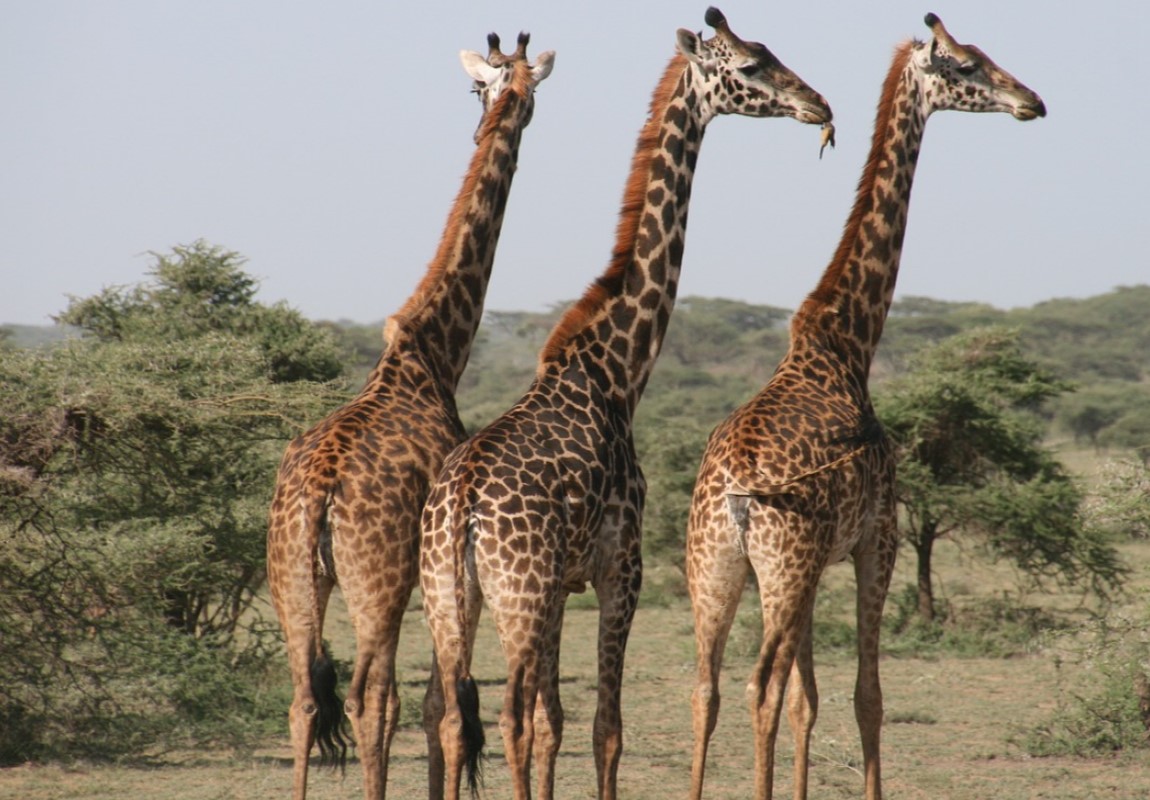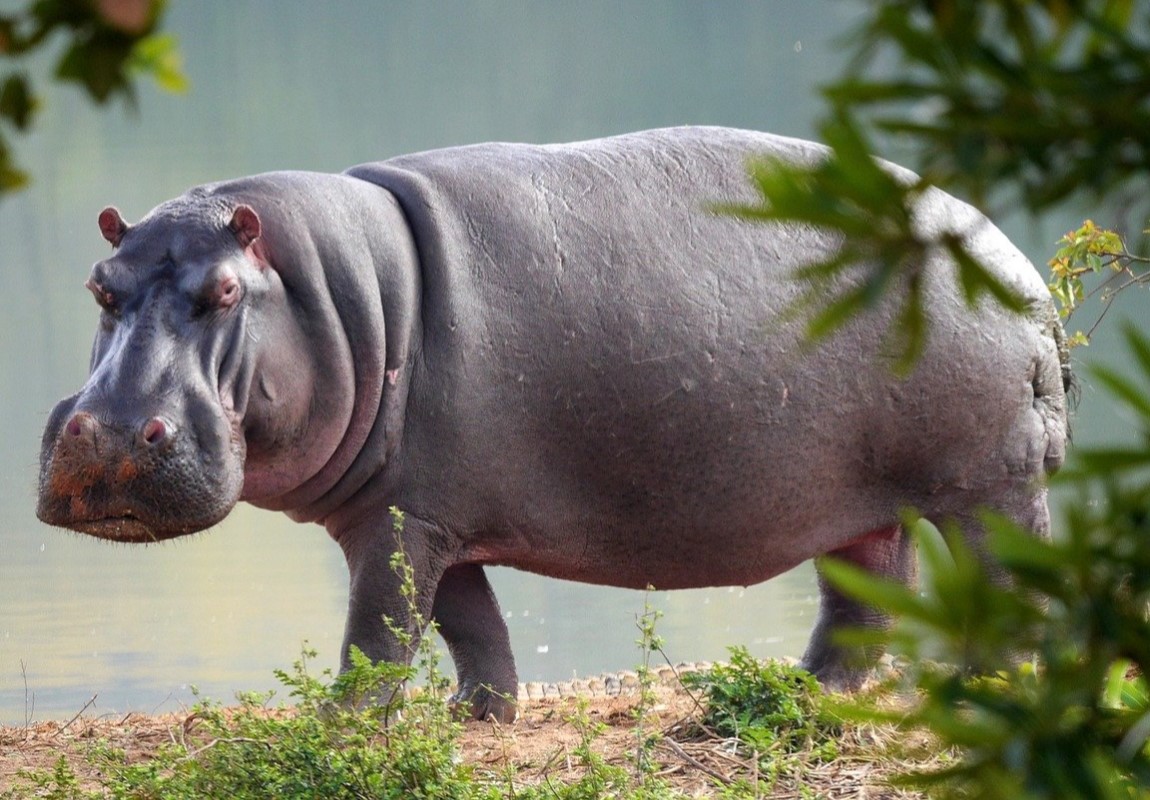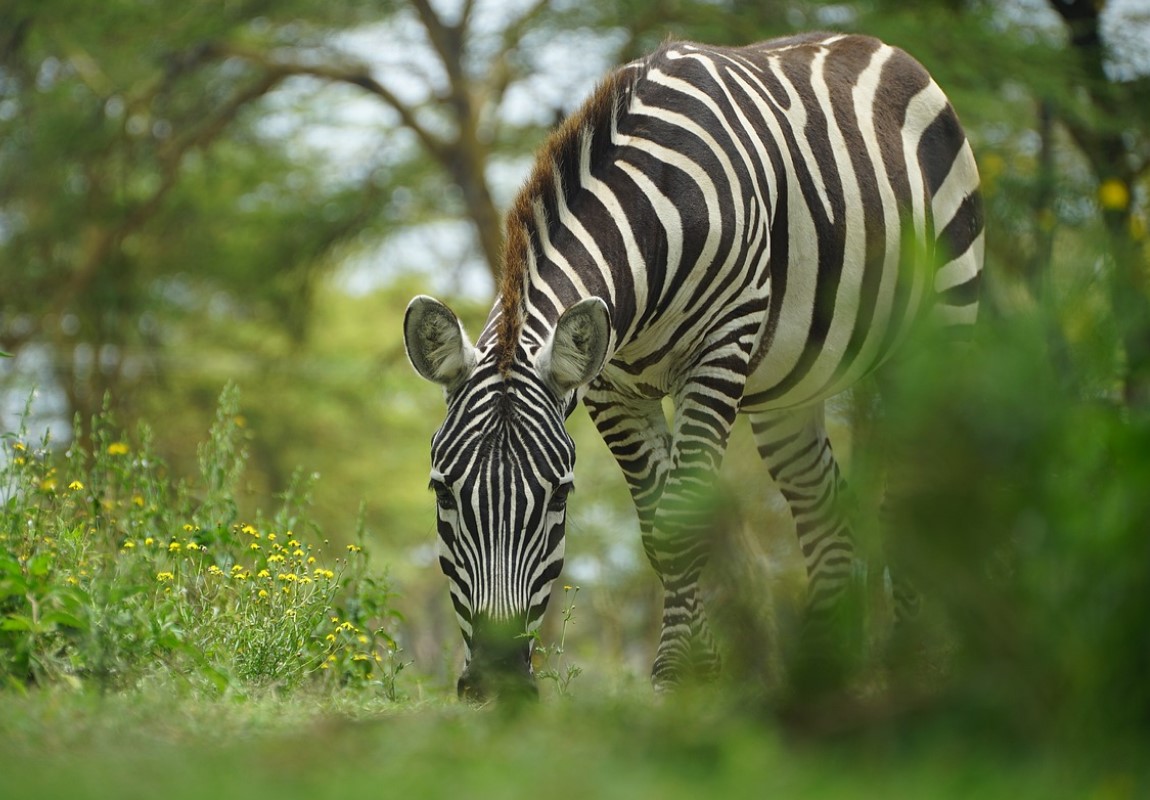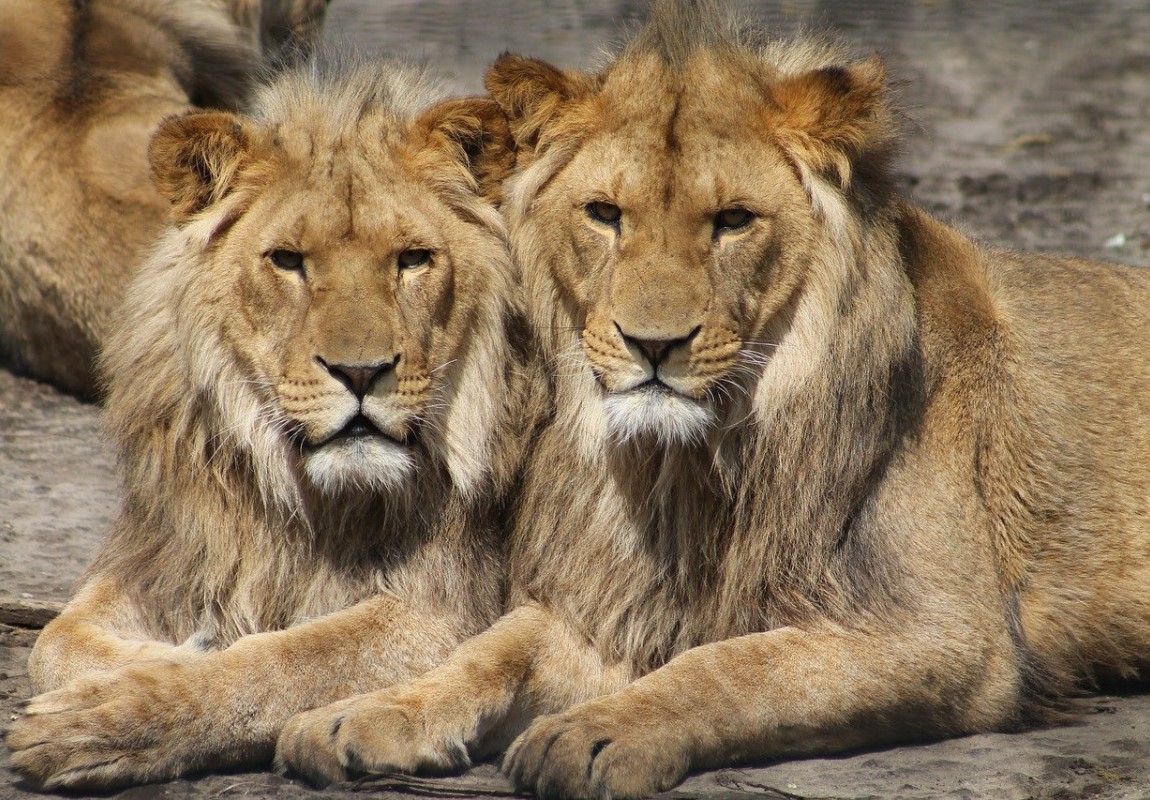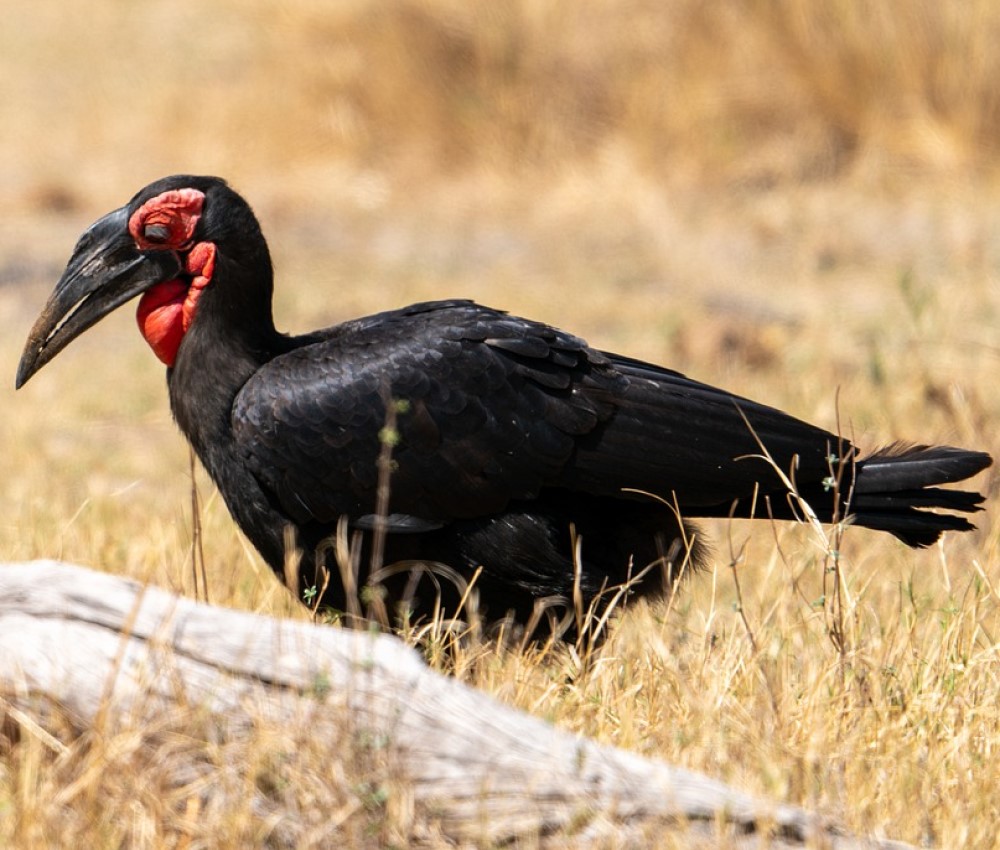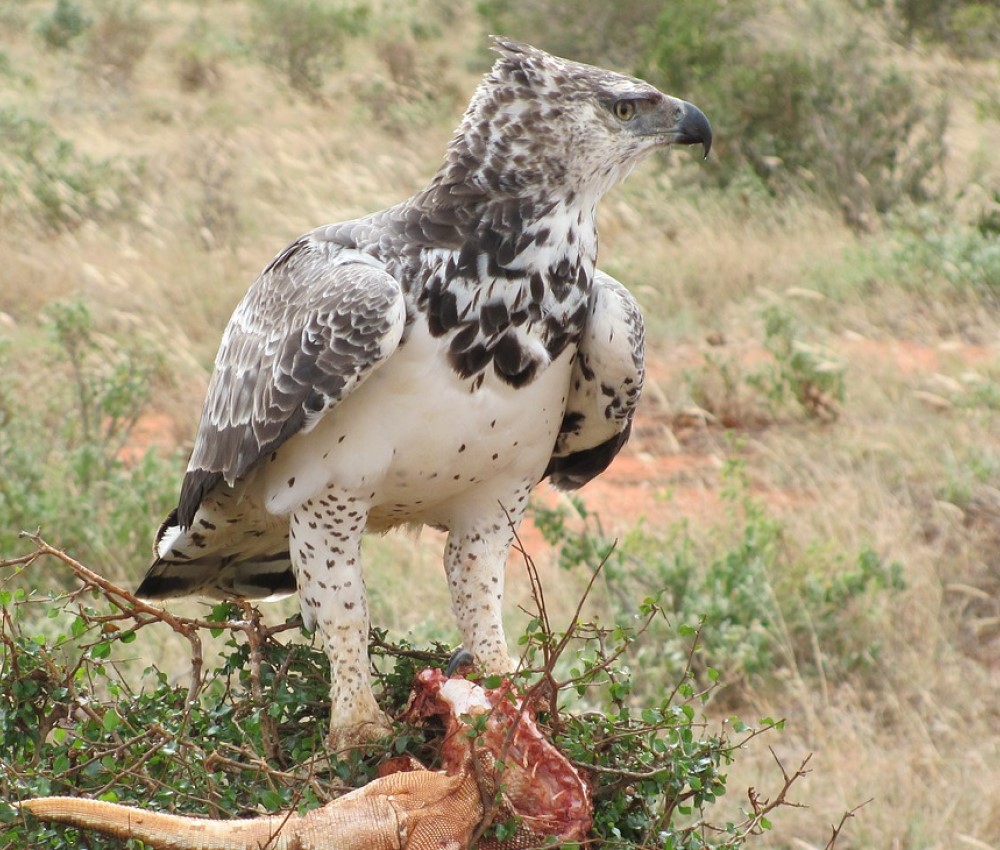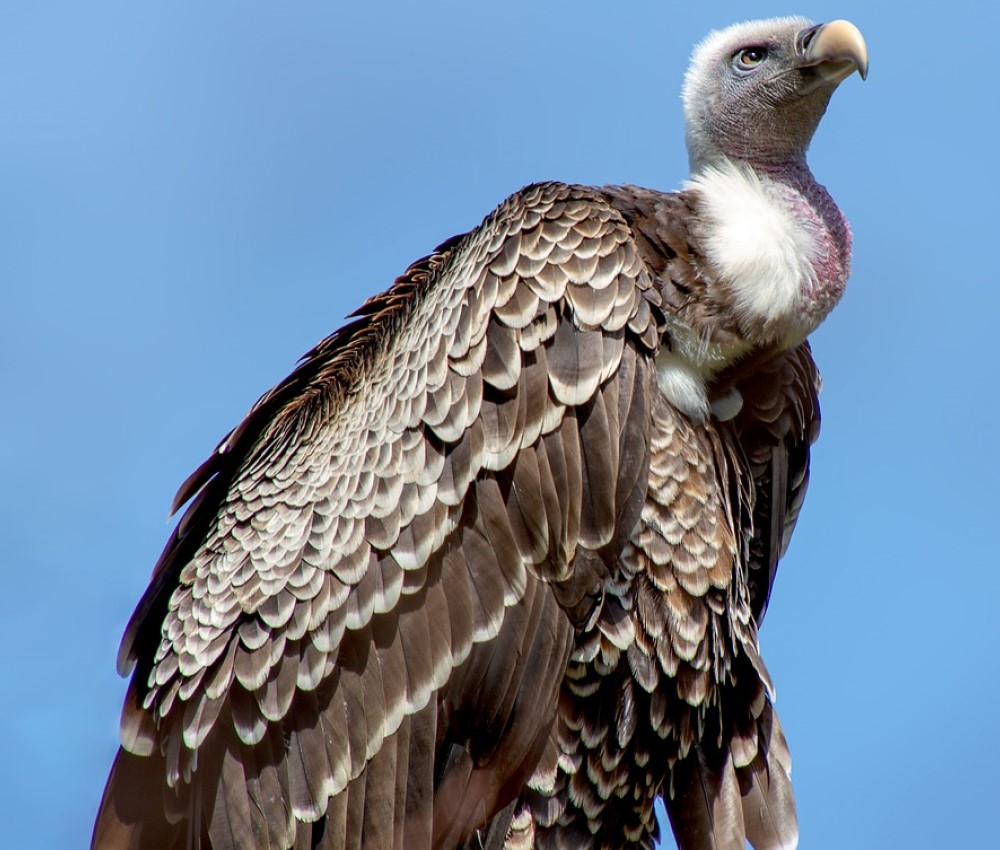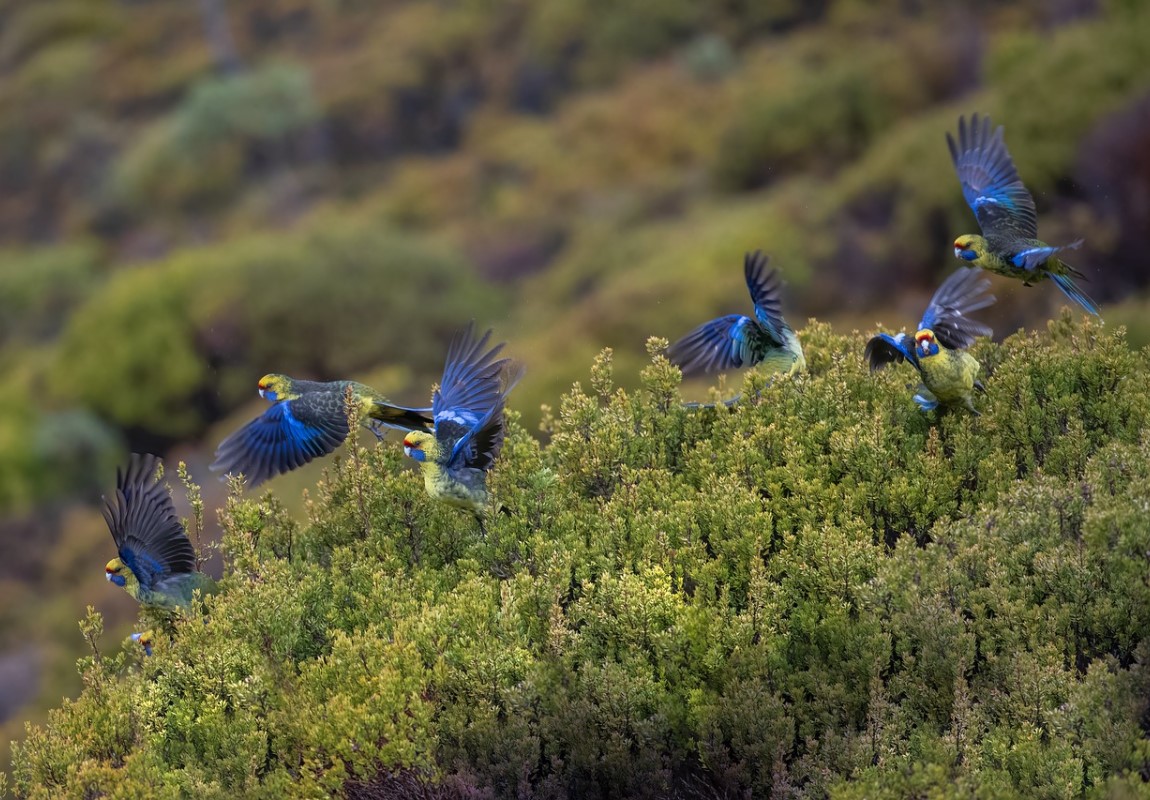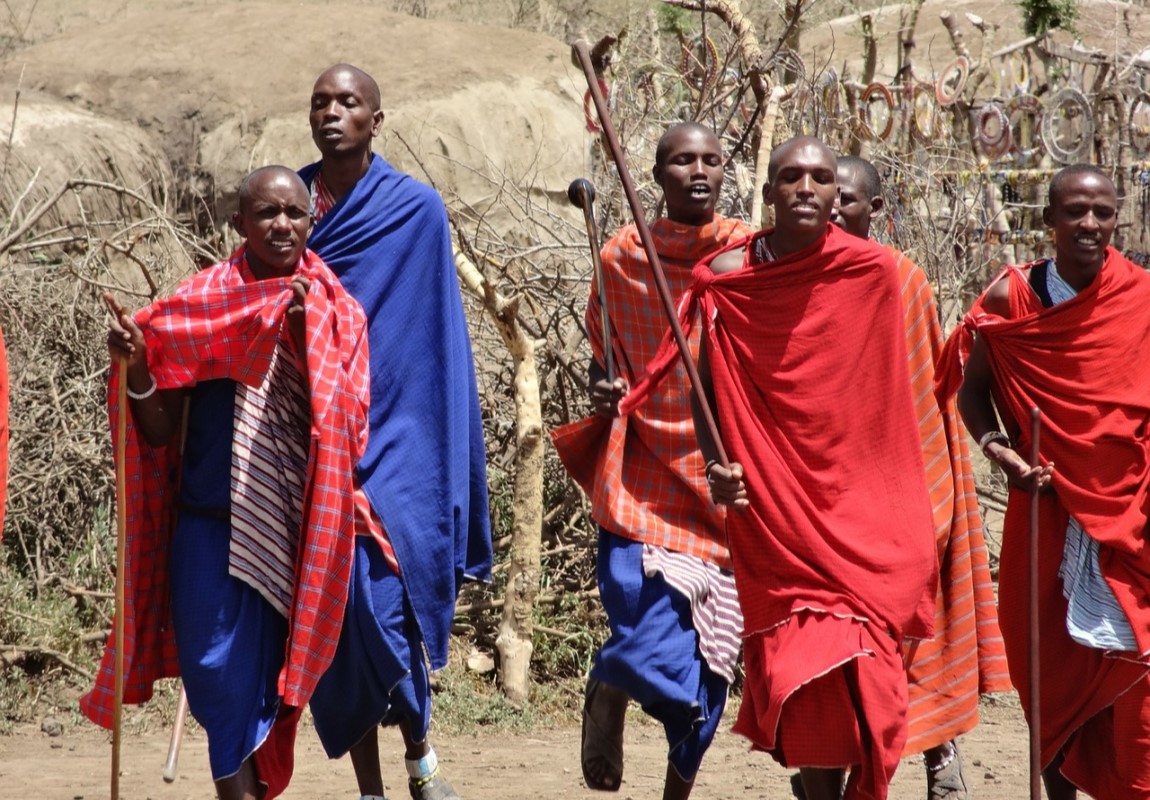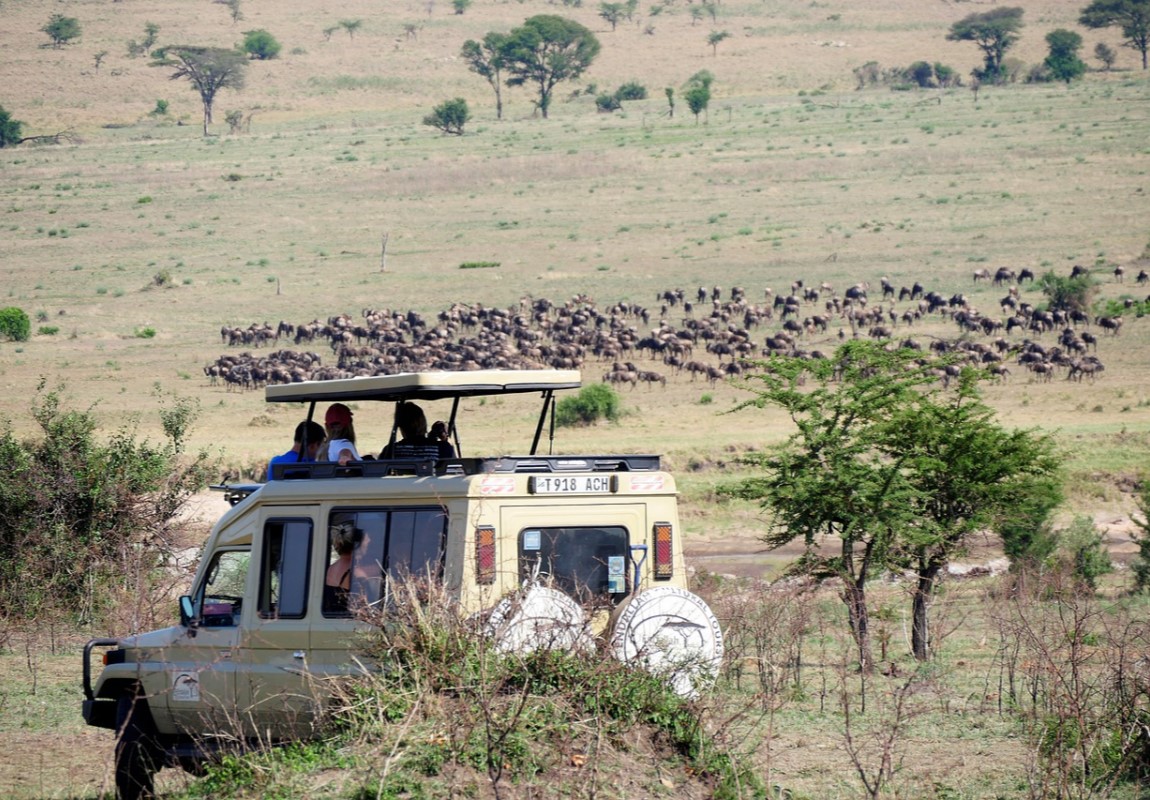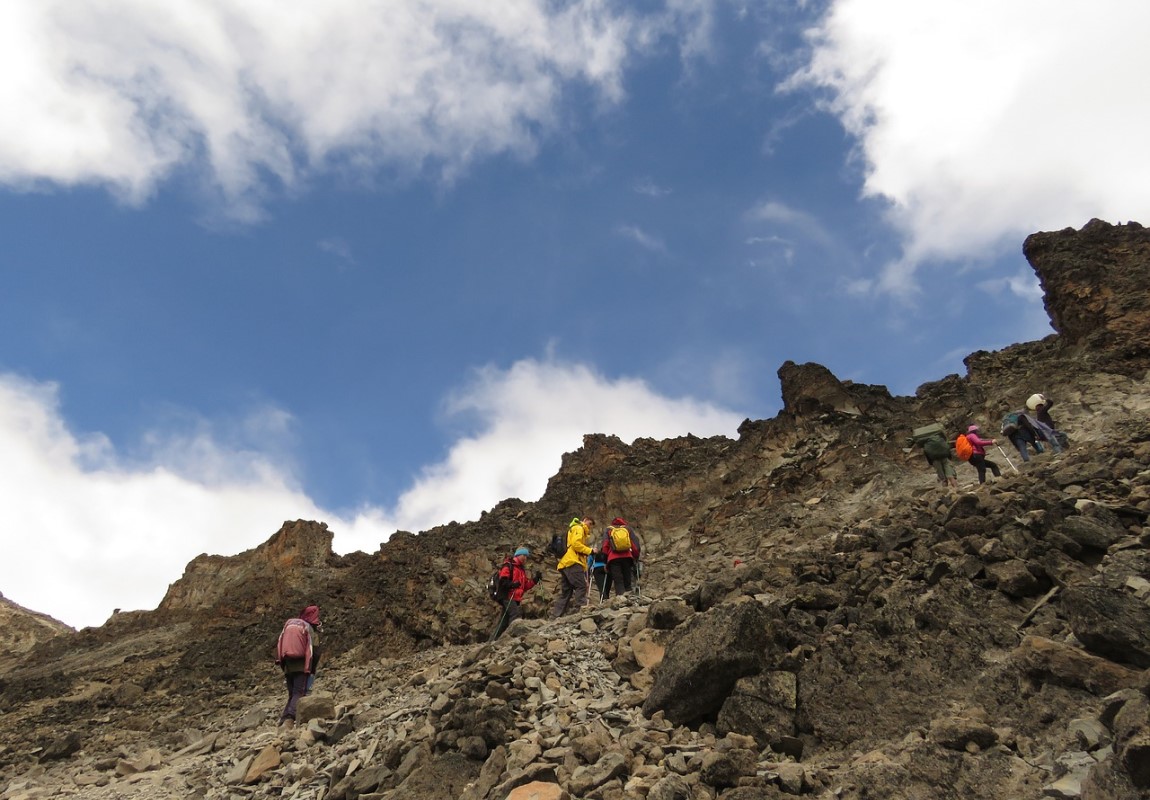Chyulu Hills National Park 
Chyulu Hills National Park - Kenya Wildlife Destination
Starting from
$500PP
Overview
The Chyulu Hills is a mountain range in Makueni County, South Eastern Kenya. Verdant rolling hills of endless green, extraordinary blue skies and staggering landscape views are what the Chyulu Hills provide to nature lovers. Chyulu Hills National park is also one to visit if you like exploring caves. The leviathan tube( also known as Kisula caves) is about 11 km long. One of the longest caves in Kenya and also Africa.
Pros & Cons
- Very less crowd, off-the-beaten-track destination
- Horse riding, camping, mountain climbing and bird watching can be enjoyed
- Amazing volcanic scenery
- Amazing birding with many dry-country specials
- Very few wildlife viewing options are available
- There are no accommodation facilities in the park, Only a campsite
- Roads are in very bad condition
Map in Kenya

Want to Visit Chyulu Hills National Park?
Gallery Images
Explore the stunning beauty of Chyulu Hills National Park through our curated collection of photographs showcasing its landscapes, wildlife, and natural wonders.
Want to Visit Chyulu Hills National Park?
Wildlife & Animals
Chyulu Hills National park has very few animal species. Some of the large mammals include buffalo, bushbucks, elands, elephants, leopards, giant forest hogs, bush pigs, reedbucks and giraffes along with various reptiles and insects. Various snakes inhabit the hills, like black mamba, puff adder and rock python.
Wildlife Highlights
Mammals found in the hills include eastern black rhinos, Cape buffaloes, bushbucks, elands, elephants, bushpigs, Masai giraffe, leopards, lions, mountain reedbucks, steinbok, wildebeest and Grant's zebras. Cheetahs are found on the plains of Chyulu Hills.
Best Time for Wildlife Viewing
For wildlife viewing, the best time to visit the Chyulu Hills is during the dry season, during June and October, and from January to February. Visits during the peak of the short rains (November), and especially during the long rains (April and May), might be difficult. The condition of the roads isn’t great, even in the Dry season, although it gets much worse after rain.
Want to Visit Chyulu Hills National Park?
Birds
Chyulu Hills National Park is perfect for Bird watching comparatively wildlife viewing. There are around 170 bird species on the hills, with some endemic races. Bird species include Francolinus shelleyi, Pogonocichla stellata, Zoothera gurneyi, Bradypterus cinnamomeus, Hieraaetus ayresii, Stephanoaetus coronatus, Polemaetus bellicosus and Cinnyricinclus femoralis.
Best Time for Birding
Chyulu hills is a bird watcher's delight the entire year. Numerous unusual, dry-country specials live here and can be spotted all year. Migratory birds show up in the reserve from November to April. One significant thought is the climate, as substantial showers can wreck your birding plans – November and April get the most precipitation.
Want to Visit Chyulu Hills National Park?
Best Time to Visit – Chyulu Hills National Park
For wildlife viewing, the best time to visit the Chyulu Hills is during the dry season, during June and October, and from January to February. Visits during the peak of the short rains (November), and especially during the long rains (April and May), might be difficult. The condition of the roads isn’t great, even in the Dry season, although it gets much worse after rain.
June to September (Dry Season)
- Rarely gets hot, Most of the time it's sunny & dry
- Due to short grass and less water sources, Animals can be spotted easily
- Fewer mosquitoes and less chance of catching malaria
- There is a lot of dust in the air because it is very dry
- The sky is hazy and the scenery isn’t as pretty
January to February (Wet Season)
- The scenery is beautiful and at its most lush
- Birding is best as migratory birds are present
- Rain in April and May will sometimes come in between your planned activities
- Roads become sloppy and difficult to travel
Want to Visit Chyulu Hills National Park?
Activities
Explore popular activities available in and around Chyulu Hills National Park.
Want to Visit Chyulu Hills National Park?
No FAQs available for this park yet.

 English
English French
French